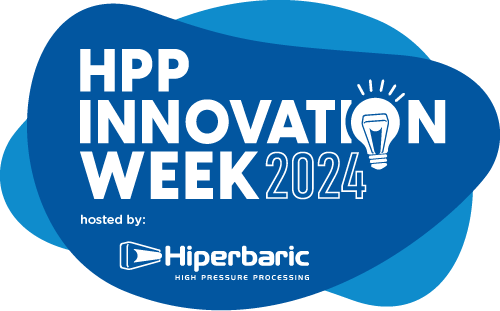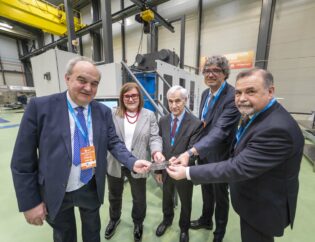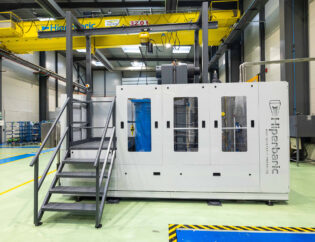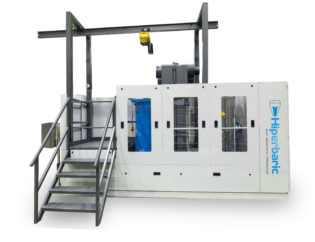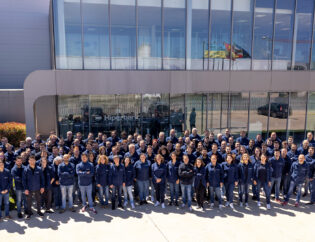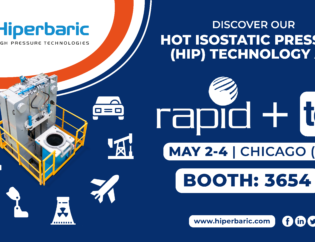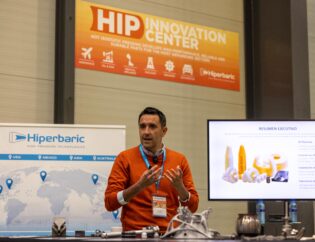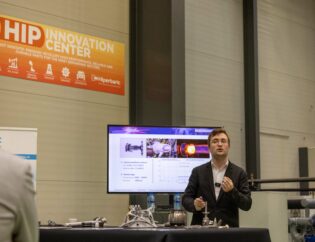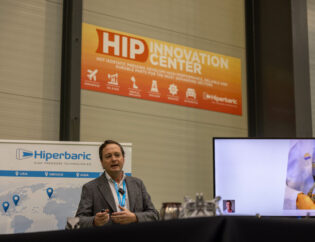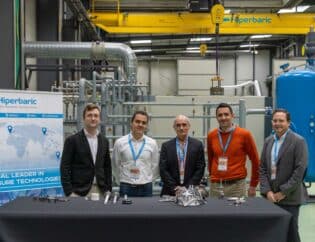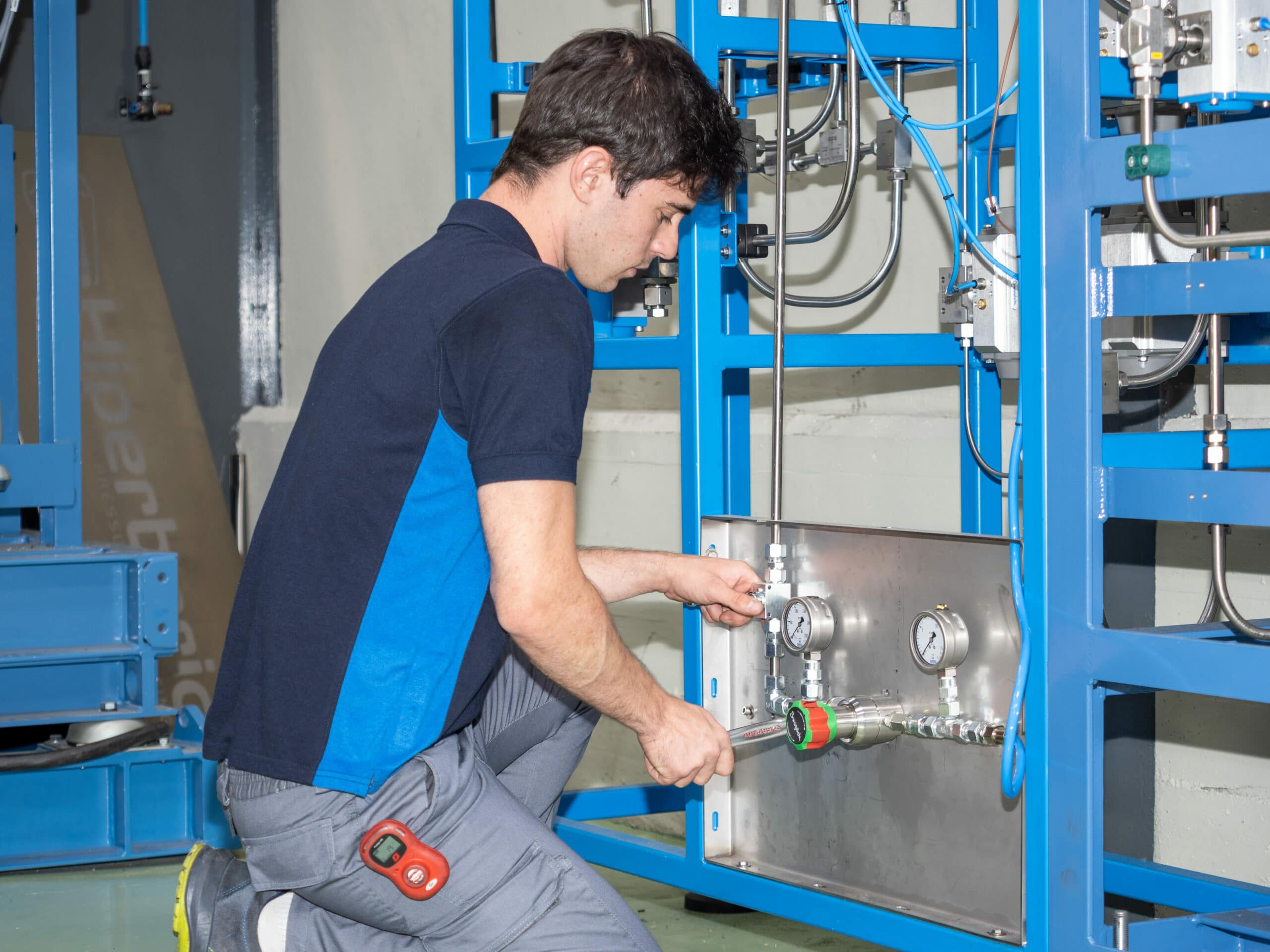
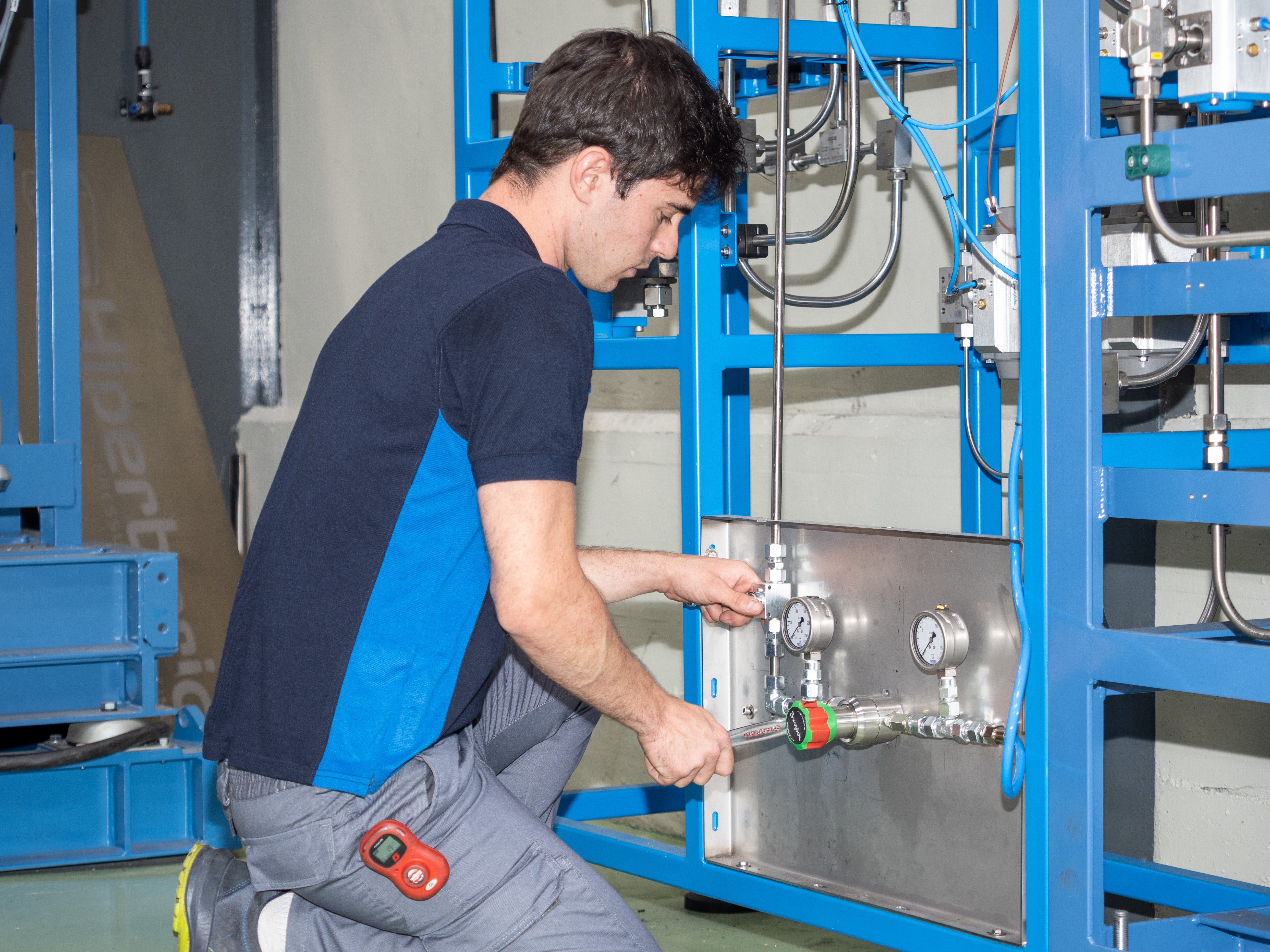
Hiperbaric’s Hot Isostatic technology is capable of providing high performance and efficiency when it comes to pressures, temperatures and cooling rates. However the most important thing is safety. This article explains the different risks related with HIP technology and its operation, and how Hiperbaric has taken into account all these factors to build safe and reliable products.
Hot Isostatic Pressing technology applies high heat and pressure to a variety of components, this technology manages multiple systems such as the gas system, furnace or cooling which must be handled safely. Hiperbaric is fully aware of the risks of high pressure and has designed a safe and reliable technology for peace of mind of its user. Let´s dive deep into the specific risks and solutions.
High Pressures exceeding 2000 bar of Argon is a lot of energy contained in a vessel. However our wire wound vessel technology developed from our 25 years of experience as leader in the HPP sector, where up to 6000 bar are reached on a daily basis, make us confident in designing safe and reliable pressure vessels. All of which meet and exceed the ASME “Boiler and Pressure Vessel Code”. Our wire winding technology allows to easily implement a leak before burst design as well as enabling Fast Cooling technology
Managing heat and temperatures can also involve some risk for instance all the electrical hardware involve to supply power to the furnace, In order to achieve a reliable and safe operation, all electrical safety hardware is duplicated. Adding safety and reliability to the whole system.
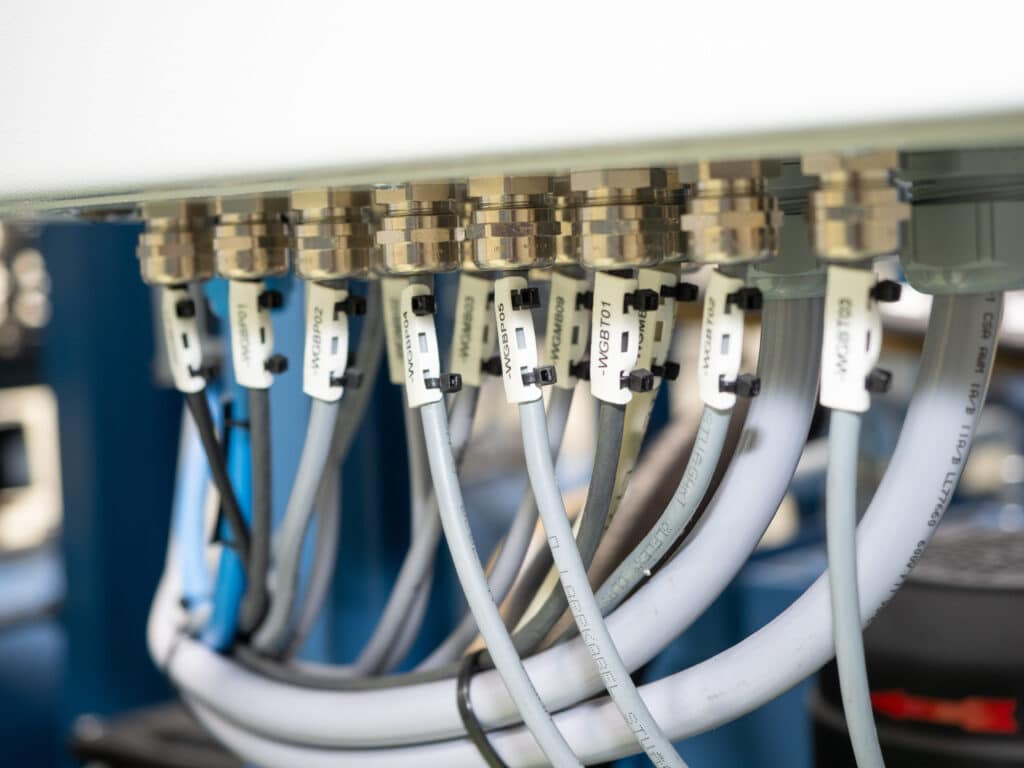
In order to keep all the pressure bearing parts that are in contact with the heated pressurized gas cooled and operating under certain temperature values, cooling must be provided to them. The cooling system in charge of this works as a separate and independent unit, which will work under any circumstances if needed. This has been achieved by doubling critical components, over dimensioning some others providing sensible safety margins as well as ensuring different power supplies to this unit.
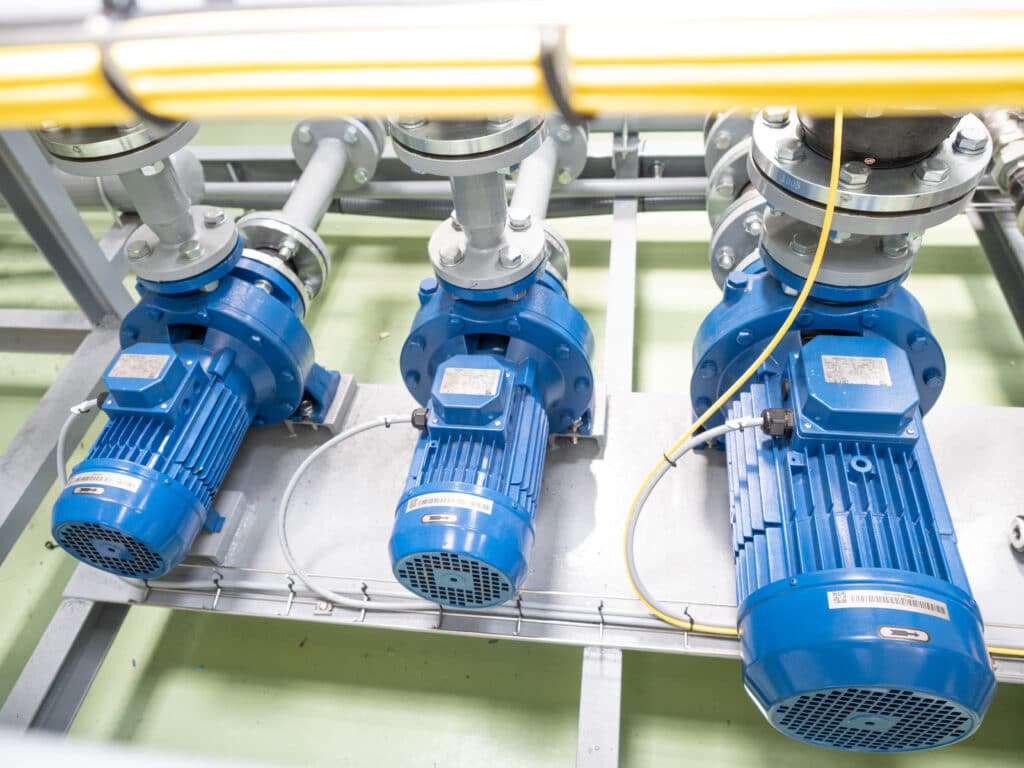
Most HIP applications require the use of an inert gas as a pressure transmitting medium, typically Argon. Argon although a harmless noble gas in nature is heavier than air and can displace the air reducing the atmosphere’s oxygen content and could ultimately make it unbreathable if a big volume of argon is let free. For this reason, multiple oxygen content sensors placed around the equipment are installed as standard in all of Hiperbaric’s HIP products. All connections are double checked for leaks at the customer´s installation. Hiperbaric has also taken into account this risk when elaborating detailed and clear maintenance protocols so that, if a job is to be performed in the equipment, this can be done in a safe work environment.
Finally managing heavy components such as the furnace and load when loading and unloading the vessel can also have some risk associated with it. For a simple loading and unloading of the vessel’s load and furnace clever solutions have been reached making crane operations simpler and safer.

